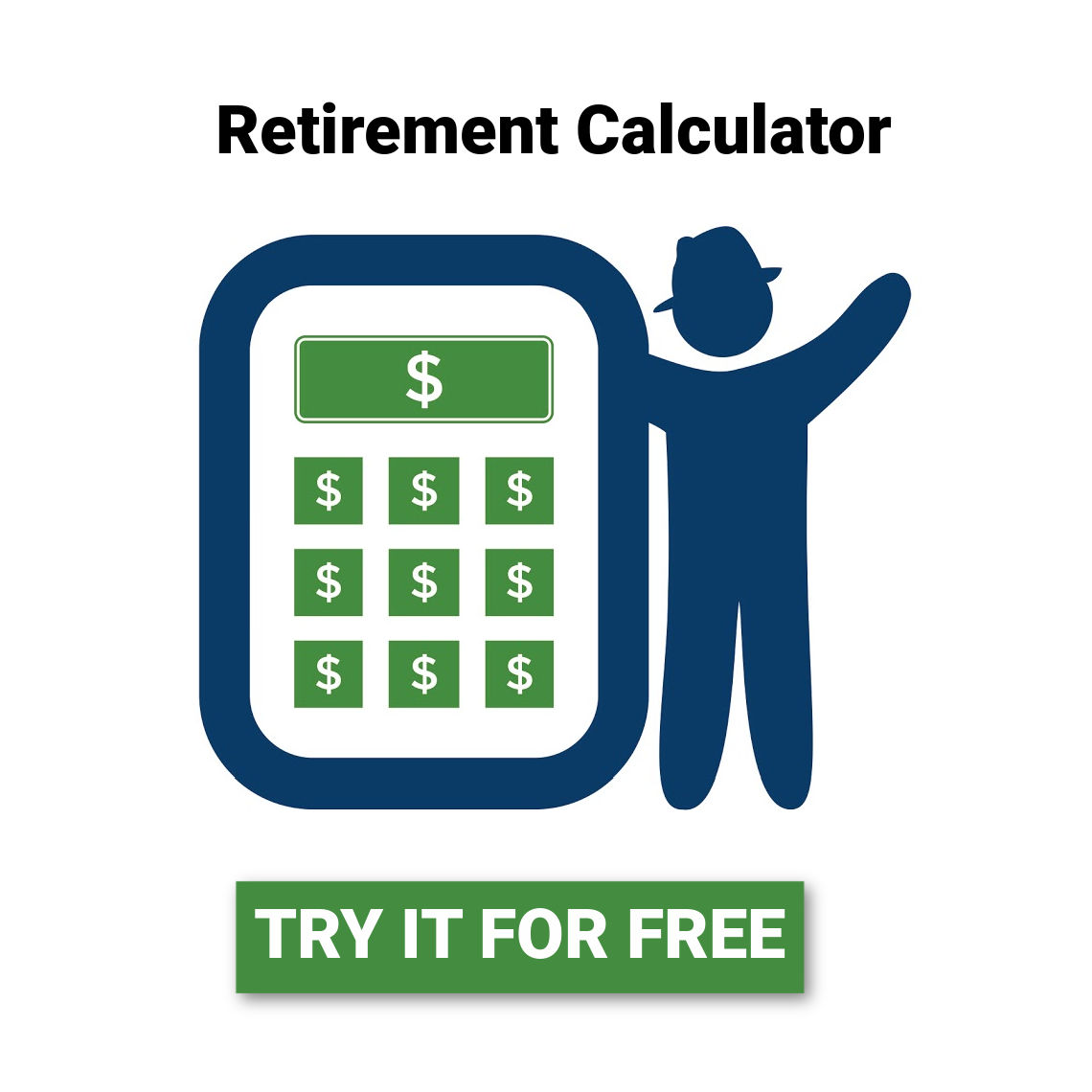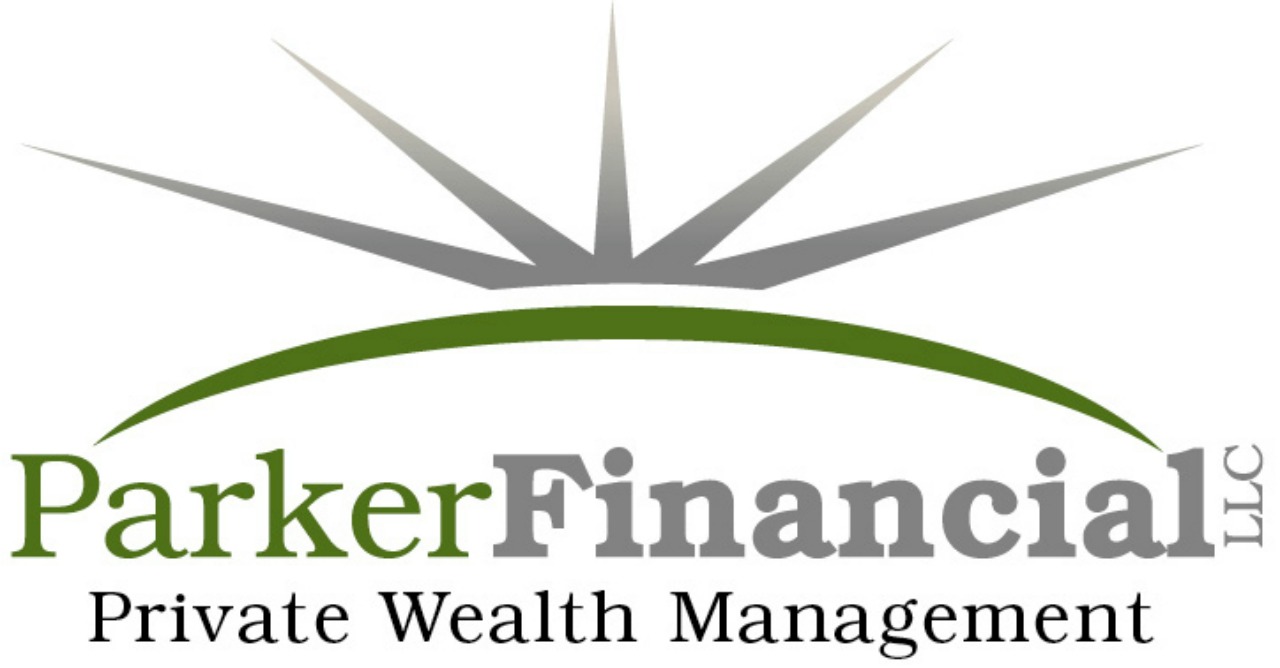In my first meeting with prospective clients, I ask, “How much of your money do you want safe?” Most people have a hard time answering this question because they would like more safety, but still want to outpace inflation.
The root of this question is the word “safe.” What does that word mean to you? It means different things to different people. At my firm, “safety” is not being able to lose your principal based on market fluctuations and always being able to calculate your worst case scenario when you need access to your money.
By using my definition for safety, it really narrows the tools I will use to fill this segment of a retirement strategy.
Many people do not really understand bonds and categorize them as “safe.” Folks, bonds do not work if you subscribe to my definition of safe because we don’t know what the worst case future scenario will be if we have to liquidate the bond before maturity, this applies even with U.S. Treasury bonds. At least with a corporation, we have the ability to review their books to see whether they are worthy of an investment.
But the way our country is printing money and using creative math, it’s hard to determine whether U.S. Treasury bonds are a good deal. U.S. Treasury bonds are the safest when held to maturity compared to any other bonds available, but if you have to liquidate your bond before maturity, it is possible to lose money on U.S. Treasury bonds depending on market conditions.
Let’s take a quick minute to explore the three different vehicles that I believe are truly safe, secure and guaranteed.
Certificates of Deposit are offered by banks and are commonly known as CDs. As long as you are working with a bank that is FDIC insured, and you are below the FDIC insurance limits, you should feel safe owning these instruments.
Fixed Deferred Annuities are offered by insurance companies. They work in much the same way as CDs do because they pay a fixed rate of interest. Fixed deferred annuities are NOT FDIC insured. The first line of defense is to make sure you are working with a highly rated insurance company. They should be at least A- rated by AM Best. But if an insurance company should fail, most fixed annuities are guaranteed by your state’s guarantee association. You can check how much of your principal is protected from loss by visiting www.NOLGHA.com, but in most instances the guarantee covers $100,000.
U.S. Savings Bonds are backed by the U.S. Government so if our country were to fail, you might lose your principal. If the U.S.A. fails, then your money probably won’t be worth anything anyway. Unlike treasury bonds whose price will fluctuate with market conditions (interest rates), your savings bonds avoid that risk. One popular variation of the savings bond is the I Bond. The I Bond is a savings bond that pays interest, which is, in part, based on inflation. Unfortunately, how we calculate inflation these days is getting a little skewed. I can’t understand why the cost of food and energy isn’t included when determining inflation. Isn’t that where most of us spend our money?
All three of these vehicles pay a fixed rate of interest. They have competitive rates, and you should never have to pay a commission to invest your money in any of them. Generally speaking, CDs, fixed annuities, and savings bonds all carry a penalty if you withdraw your money before maturity. But you always know your worst case scenario if you have to liquidate the holding before maturity. And because of the underlying guarantees, you know your principal is safe even if the bank or insurance company were to go under.
Depending on whether you will be withdrawing the interest for income or just reinvesting the interest from your investments may have an impact on which of the above tools you use.
Using CDs for non-qualified accounts has a disadvantage because you are taxed on your interest income even if you don’t use it. That pesky 1099 will show up at the end of the year, and you will have to pay tax on your interest income.
Fixed deferred annuities and savings bonds both offer tax deferral, even in non-qualified accounts. So you control when you pay taxes. By controlling your tax liability, you have the opportunity to benefit from triple compounding: compounding on your interest, compounding on your principal, and compounding on your
Obviously, the time value of money concept is applied here. The good folks at www.investopedia.com have this to say about it: “This core principal of finance holds that, provided money can earn interest, any amount of money is worth more the sooner it is received. This concept is also referred to as the present
The bottom line is: I want you to pay your fair share in taxes, but I want you to be in control of when you pay those taxes. I want you to be on the winning side of the “time value of money” concept and not the government.
Be sure to use a trusted third-party custodian for your investments, so you don’t end up in a Bernie Madoff scam. (Bernie Madoff operated the largest Ponzi scheme in history. A Ponzi scheme is a fraudulent investment operation that pays returns to separate investors, not from any actual profit earned by the organization, but from their own money or money paid by subsequent investors.)
A custodian acts as the intermediary between you and your advisor. I currently work with Fidelity and Folio Institutional for my clients. My clients’ investment accounts are housed at these custodians. I have the ability to place trades in these accounts, but I cannot withdraw money from the accounts other than my fee for being their financial advisor. Only the client can access these accounts. This limited access provides an extra layer of protection for the client. Had the poor folks whom Madoff ripped off been using a third-party custodian, he wouldn’t have been able to get away with what he did. Custodians mitigate the risk of dishonest activity by separating the fund managers from the physical securities and investor records.





